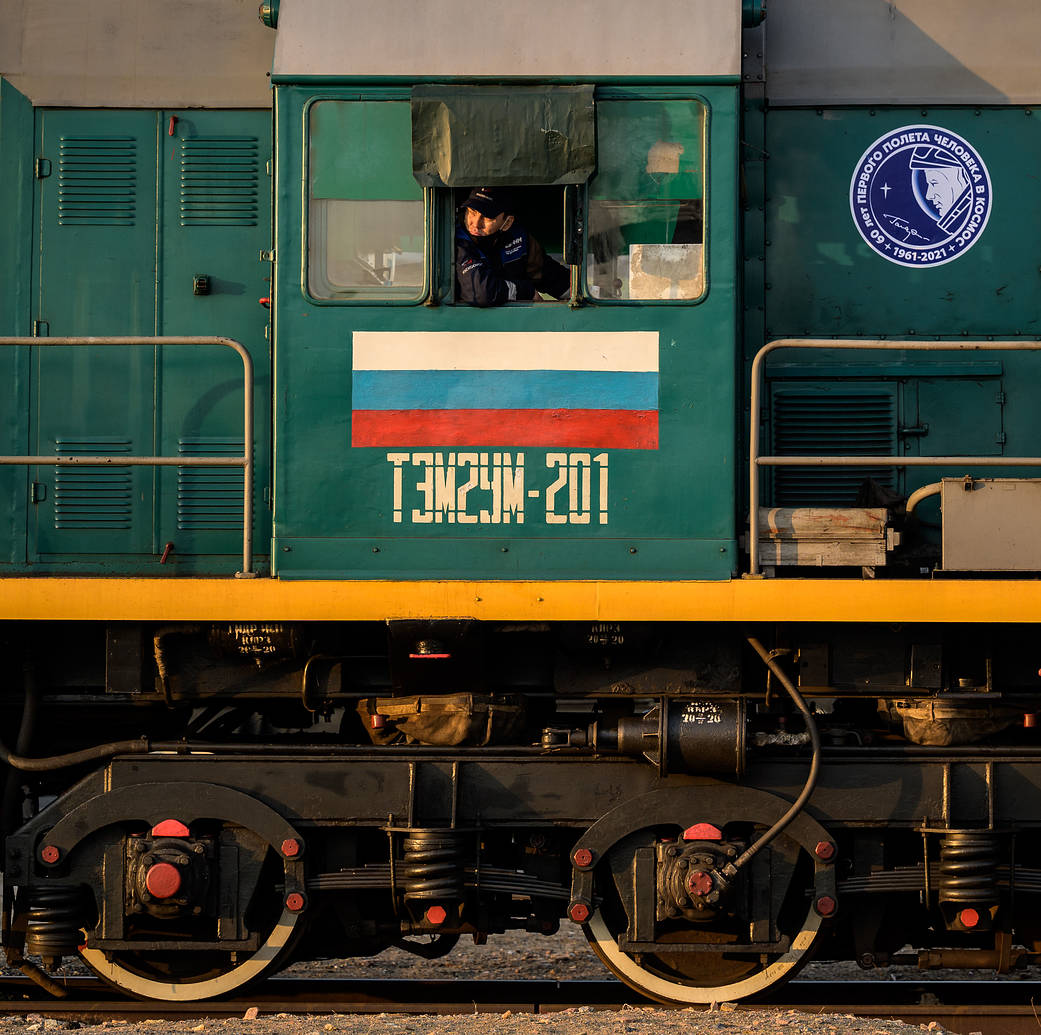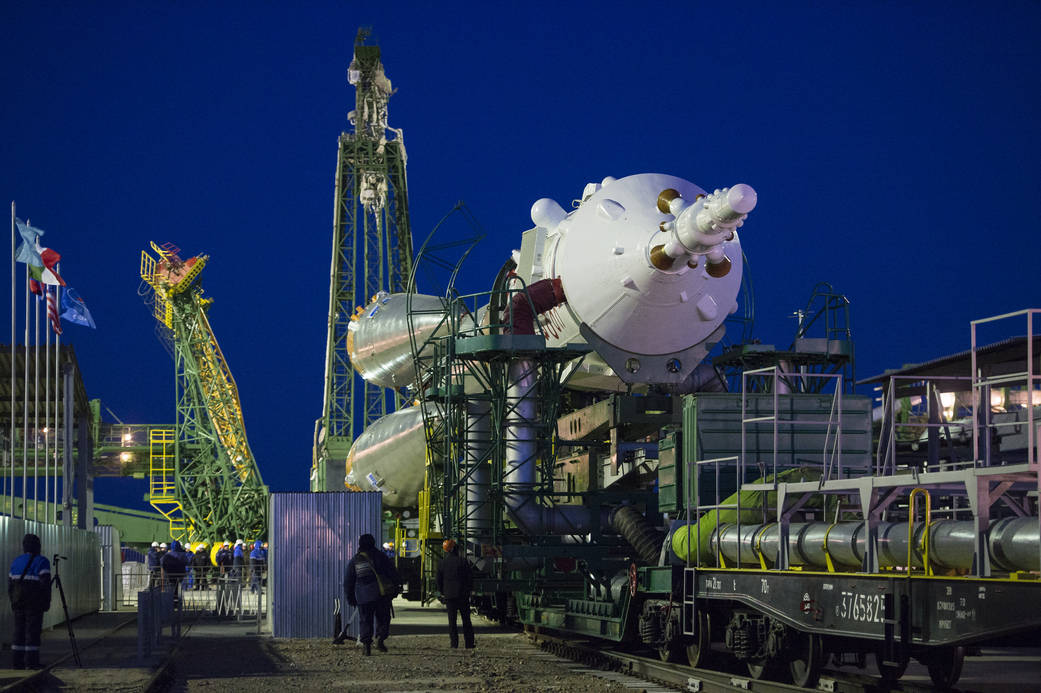Given transportation physics and logistics, railroads will be around for a long time, the fine details will vary, but it will still clearly be a railroad.Makes me wonder how much longer will they be around?
After all, we've found early attempts at running horsedrawn or human pushed wagons on wood rails as far back as the 1400s.
Even earlier there was in Ancient Greece,
The Diolkos was a paved trackway near Corinth in Ancient Greece which was used to transport boats across the Isthmus of Corinth. Instead of circumnavigating around the Peloponnese peninsula, ancient Corinthian ships were quickly transported across the Isthmus.
The Diolkos had two main uses. The first was the transfer of supplies and goods. In times of war it also became a preferred means of speeding up naval campaigns. Approximately 3 1/2 to 5 1/2 miles in length, it is certainly can be argued that it is the predecessor to the modern railway. Transportation across the Isthmus lasted from approximately 600 BC to 150 years after the birth of Christ.
The father of the railway: The Diolkos | Railroad History
Railways are simply too practical to vanish from human history.
At least not without some unforeseen and not yet imagined change in something somewhere.
After all ... even space age rocket science depends on trains ...

Locomotive rolls out the Soyuz MS-18 rocket - NASA
A locomotive engineer waits in advance of the Soyuz rocket being rolled out by train to the launch pad.

Expedition 42 Soyuz Rocket Rolls Out - NASA
The Soyuz TMA-15M spacecraft is rolled out to the launch pad by train on Friday, Nov. 21, 2014 at the Baikonur Cosmodrome in Kazakhstan. Launch of the Soyuz rocket is scheduled for Nov. 24 and will carry Expedition 42 Soyuz Commander Anton Shkaplerov of the Russian Federal Space Agency...
Last edited:


